Why is Hyde Park Picture House going on the road as £3m plus scheme is unveiled?
and live on Freeview channel 276
But the gas lamp features (originally installed to prevent “inappropriate back seat behaviour”) that make Hyde Picture House a historical gem were in danger of going out.
The quaint and unassuming cinema - the only remaining gas-lit picture house in the country - is also one of the city’s favourite eyes into the past but with that comes significant challenges.
Nostalgia
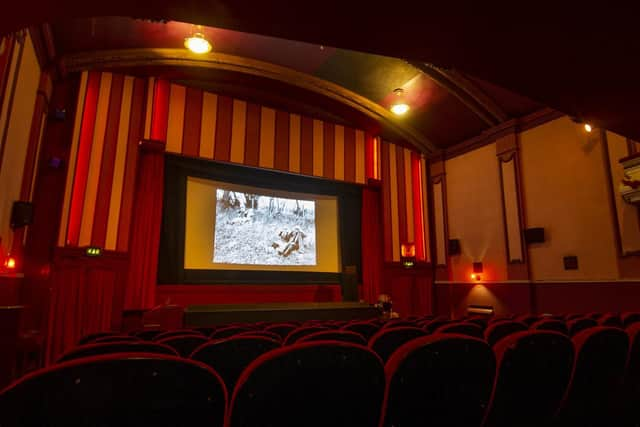

Advertisement
Hide AdAdvertisement
Hide AdAs you recline back into the red velvet chairs and gaze up at the big screen shrouded in red velvet curtains and ornate plaster work while you tuck into a tub of ice-cream presented to you in an old wooden tray, the faint smell of gas is present in the air
It opened in 1914 and ice-cream, ticket booths, projector reels and the slight chance of a gas leak represent some of the best of old times.
Nestled on the corner of Brudenell Road in Hyde Park - an unlikely cultural hotspot with the Brudenell Social Club to the south and the Hyde Park Book Club to the north of it - Hyde Park Picture House over the years will have welcomed thousands through its doors over the last century, and more, from war-time visitors seeking light relief, to nervous first dates to dogs.
£3m upgrade
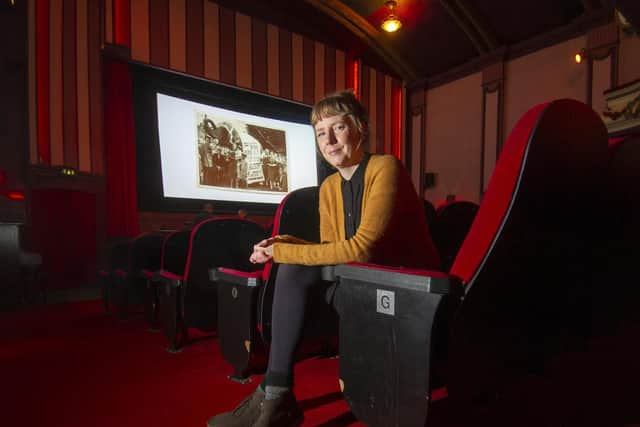

It is now set for a £3m plus upgrade and renovation to ensure that the grade II listed building is around to show cult icon films for another hundred years to come and so the credits will, temporarily, roll for the last time at the end of February so that work that has been in the planning stages for some years can get underway.
Advertisement
Hide AdAdvertisement
Hide AdKnown as The Picture House Project, the scheme will see the cinema undergo essential conservation work to the roof and outside brickwork, drains and windows to stop water coming with original or like for like materials being used as much as possible.
There will be an extension to the foyer on the Brudenell Road side, landscaping and disabled access to the front or the building.
While the main auditorium will be largely the same it will have new heating, ventilation, seats, carpet and a re-paint.
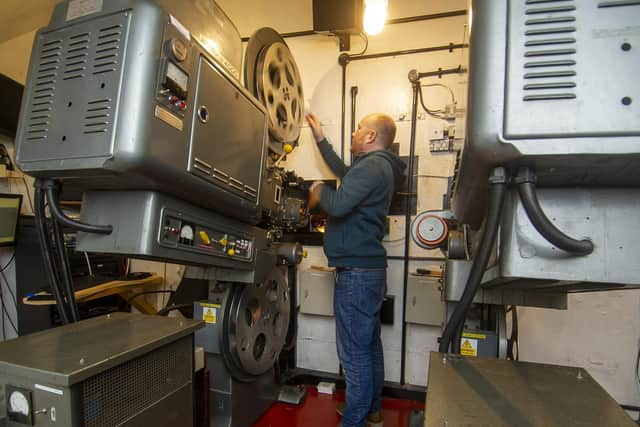

Upstairs will see a public space that is available for groups to use and events while the ground floor will see a “significant” development in the creation of a 50 seater screening room in the basement.
Advertisement
Hide AdAdvertisement
Hide AdThe project will also allow the cinema’s rich history to be explored and celebrated through archival screenings, heritage tours and educational workshops - helping to tell the story of film making and film watching in the region.
Scheme update
At a special event held at the Picture House last night to give an update on the scheme to date, Wendy Cook, Head of Cinema, said that when the Picture House turned 100 back in 2014 there were in the region of 60 cinemas in Leeds and, with it being increasingly difficult to keep the place running, it was then that a feasibility study was commissioned to look at how to take the building into the next 100 years.
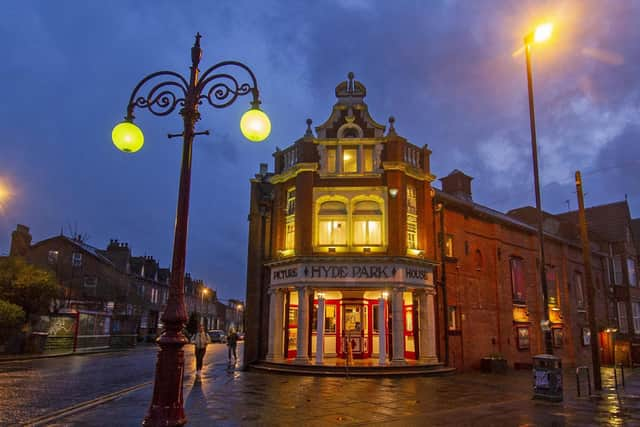

Chris Blythe, the chief executive at Leeds Grand Theatre which has HPPH under its stewardship added: “When I come to Leeds and think about the culture of Leeds, these are the places that I know and love. It is our public duty to look after these places.
“When you are in them and the lights go up, the ambience, the character, the love of the place and the passion shines through. It is a wonderful warm feeling when you come into these venues.
Advertisement
Hide AdAdvertisement
Hide Ad“We could have lost these to supermarkets, car parks, strip clubs, bingo halls - what a disaster that would have been. This is a moment for in another hundred years to look back and say ‘how many of these still exist?’”
Cinema on the road
It was also announced last night that throughout the cinema’s closure, it will continue screening films throughout 2020, with the announcement of its ‘On the Road’ film programme.
Starting in mid-February the cinema will begin showing a mix of new independent films, documentaries, cult-classics and family favourites – working in partnership with venues across the city including Leeds University Union, Heart in Headingley, The Brunswick and the Brudenell Social Club.
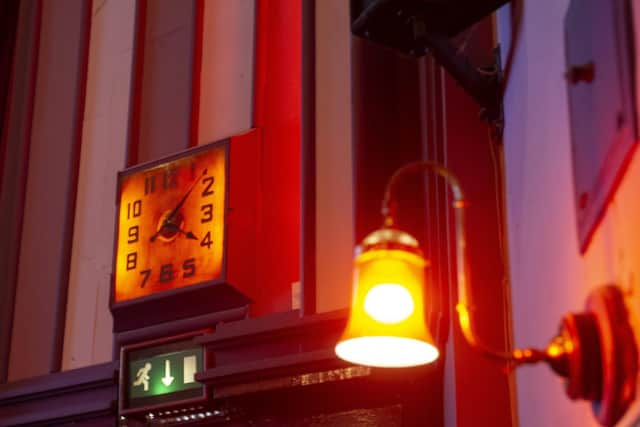

Collaborations
However, Hyde Park Picture House is also brewing up some other collaborations.
Advertisement
Hide AdAdvertisement
Hide AdFrancis Lee, the BAFTA-nominated writer and director of the acclaimed 2017 hit God’s Own Country, is set to become the Picture House’s first ever patron and Kirkstall Brewery also announced plans to brew an exclusive beer with the cinema this spring, as part of the cinema’s community fundraising campaign, with wholesale profit going towards paying for the project.
Of his inaugural role, Mr Lee said: "It is a huge honour. The Picture House team has been very supportive of me from the beginning of my career as a filmmaker. Our association beginning in 2012 when they screened my very first short film.
“Hyde Park Picture House is a vital part of the cultural identity of not just Leeds, but the surrounding area, offering an incredible mix of cinema, community involvement and support to local film makers. I am very excited to see how the Picture House continues to evolve and grow.”
The National Lottery Heritage Fund has pledged £2.3m towards the scheme with match funding coming from Garfield Weston, Film Hub North, The Gwyneth Forrester Trust, the Co-op Local Community Fund, Leeds Inspired and the Picture House. A crowd-funding campaign is also being set up to add to the match funds.
Historical Features
Advertisement
Hide AdAdvertisement
Hide AdThe cinema’s two Cinemeccanica 35mm projectors continue to be operated on a weekly basis. They were manufactured in the 1960s and originally installed at the Odeon cinema in Grimsby, and then the Lounge in Headingley, before finding their home at the Hyde Park Picture House in 2005.
Many elements of the auditorium remain unchanged from 1914, including the location of the gas lamps and the ornate plasterwork that decorates the ceiling and front of the balcony.
The art-deco clock you see to the right of the screen has sat proudly in our auditorium since the 1950s. Prior to that it lived in the Gaumont cinema in Leeds City Centre – which is now the O2 Academy.
The 1909 Cinematograph Act, which led to the creation of the UK’s first purpose build cinemas, was passed in response to a number disastrous fires in temporary exhibition spaces. The flammable nature of early nitrate film meant cinemas were at greater risk from fire than typical public buildings. The original hydrant has never been used in a fire-fighting situation, but following a test a number of years ago, is still functional.
Advertisement
Hide AdAdvertisement
Hide AdOriginally installed as a form of ‘modesty lighting’ to prevent any inappropriate back-seat behaviour, the gas lights are a symbol of the cinema’s Edwardian origins and continue to be lit every single day. They will be retained under the development plans.
The stained glass window is an original featuring dating back to 1914. Part of it is hand painted.
The ornamental lamp-post is a well-known part of the Picture House and also Grade II listed. Originally gas-lit, it is now powered by electricity. As part of The Picture House Project, it is hoped to restore some of the more intricate detailing on the lamp.